Sustainable Design
HTC has reduced the consumption of raw material, packaging, and related substances by improved methods and more efficient management. We have set about optimizing product design by improving energy efficiency, reducing hazardous substances, refining packaging design, and ensuring product recyclability. We work with our R&D team, customers, material suppliers, and technical service providers to set up a systematic platform that ensures smooth communication. We stress innovative thinking and strive to develop sustainable products that pose the least threat to the environment.
HTC’s thinking on the development of sustainable products is to starts from the product life cycle, and adopts different measures at various stages through innovative thinking. It uses the concept of The Precautionary Principle to carefully select the ones with lower environmental risks. it complies with the internationally Restriction of Hazardous Substances Directive, reduces the environmental impact of products, and develops sustainable products that are more environmentally friendly.
HTC proactively seeks to reduce the use of environmentally harmful substances, through a design concept that can increase the recycling rate, increase resource reuse, and reduce its negative impact on the environment. At present, HTC's actual practice of sustainable design of products mainly focuses on the three major directions of “enhancement energy efficiency”, “product recyclability design” and “hazardous substance management” to enhance the green competitiveness of products.
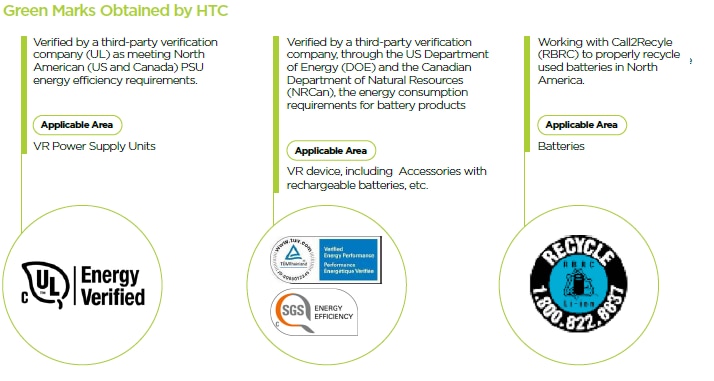
Enhancement of Energy Efficiency
We concentrate on energy-saving from the early design and R&D phase. All power supplies used for HTC products must comply with the relevant international energy consumption specifications, including California Energy Commission (U.S.), EU ErP Eco-design Directive and are approved with energy efficiency verification by third-party verification companies. All of their energy efficiency meets the United States Department
of Energy criteria of Level VI which is the highest and defines the standby power shall be less than 0.1W. The lowest consumption of currently use chargers is 0.027W, which is much lower than the standard by 73%. The power adapters that HTC uses are already compliant with the new version of the EU Regulation for External Power Supplies (EU 2019/1782), which requires the introduction of mandatory labeling and energy efficiency testing result documents.
For the energy consumption during battery charging, we follow the regulations of the US Department of Energy (DOE) and Natural Resources Canada (NRCan) as standards to try our best to improve the efficiency of charging and reduce the loss of energy consumption when the battery keeps fully charged to minimize the overall energy consumption.
Product Recyclability Design
HTC takes waste deduction and resource reuse into consideration from the first stages of product R&D. We evaluate the product design of recycling thoroughly through product breakdown and material simulation, and estimate the material composition and relative recycling rate of products. The third-party authorities verify the material recycling rate by disassembling and analyzing the products. And the recycling rate of all our products, including VR and smartphones, is largely exceeding to the standard of the product category set by the EU WEEE regulations (55%). In the future, as a principle, we will continue to design our new products in the direction of decreasing the weight and increasing the recycling rate.
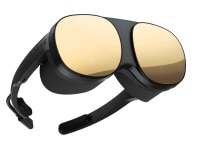
|
|
VIVE Flow is designed to uses a smartphone as the controller to replace internal control chips, reducing the product carbon footprint and power consumption. Within the VIVE Flow, a 5-miniute capacity battery is built in while connecting to a power bank is normally the main power source. For example, a 10,000 mAh capacity power bank can power the device for five hours. The innovative industrial design of the product saves time and manpower as there are fewer parts to assemble, reducing carbon emissions and the impact on the environment.
|
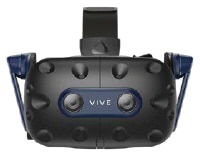
|
|
Compared to the previous version, the new VIVE Pro 2 VR headset has improved specification and features, and is made with more recyclable materials, which though add weight to the headset, have a higher recycle percentage rate. Equipped with the VIVE Tracker 3.0 and facial expression detection kits, the environmentally-friendly VIVE Pro 2.0 has extensive applications and a long product life cycle.
|
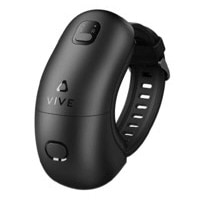
|
|
In the case of the VIVE wrist tracker, not only have we made improvements in specifications and functionality, but we have also achieved a significant reduction in weight, reducing it by 78.20% compared to the VIVE Focus 3 controller. This not only ensures convenient and flexible use for our customers but also embodies the concept of environmentally sustainable design, promoting lightweight product and enhancing recyclability.
|
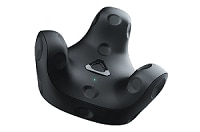
|
|
The VIVE Tracker 3.0, the new generation of the HTC VR series, is another innovation. Compared to the previous version, the product has an improved size, weight, and 3R percentage, allowing an even better recycle rate when the product enters the recycle system after use, promoting the circular economy.
|
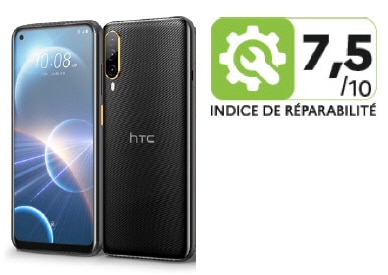
|
|
The new Desire 22 pro phone product still features a design with a high recycle rate. In relation to legal compliance, the product received a 7.5 green label in the most recent Repairability Index for France (2021 Desire 21 pro is 7.2). HTC smartphones scored high in the ratings of five criteria: manufacturing documentation, disassembly, availability of spare parts, price of spare parts, and repairs. The product has a longer life span and a highly rated repair service. All these efforts contribute to reducing product waste and promoting environmental protection, thereby mitigating the potential impact on the environment caused by the use of end products.
|

Hazardous Substance Management
Always taking environmental protection and consumer health as integral factors of our consideration, we strictly adhere to the Restricted Substances List in all our product designs. This list encompasses international environmental regulations and customer requirements, which not only restricts the ten substances regulated by RoHS along with four additional plasticizers, but also prohibits the use of toxic substances such as polyvinyl chloride and brominated flame retardants. We require suppliers to submit testing reports and continuously monitor regulatory changes to ensure a pollution-free production that aligns with our environmental goals. We also demand that our suppliers comply with relevant regulations to safeguard consumer health and the environment.
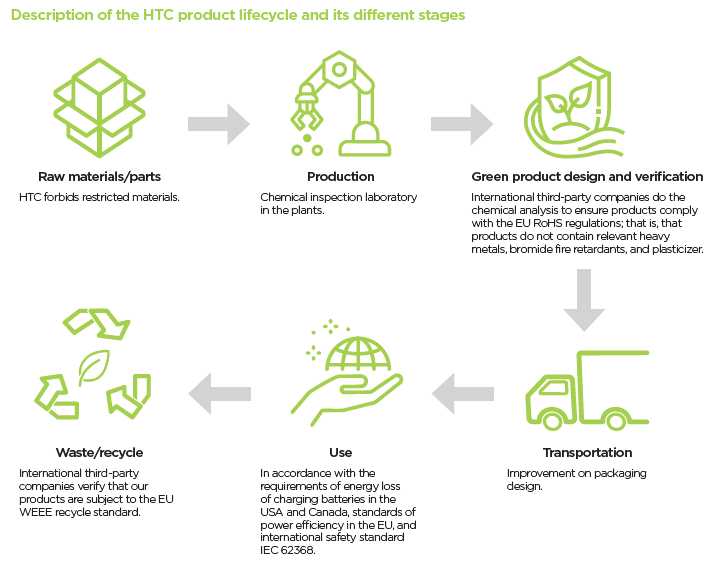
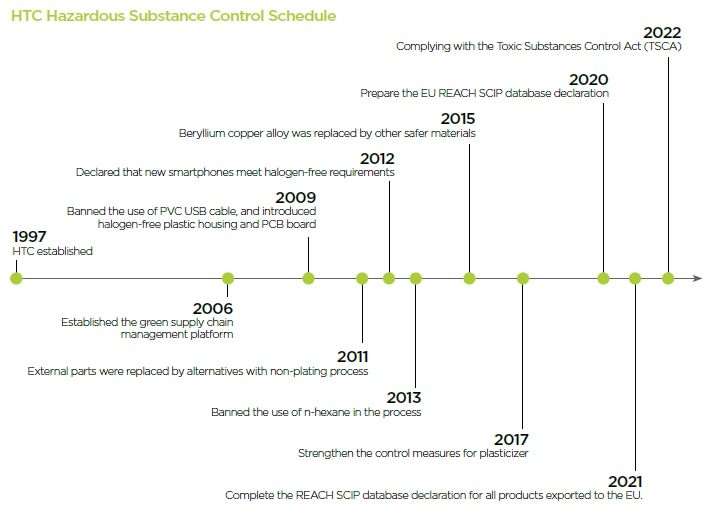
Active in Compliance with Standards
All HTC products are verified by international public certification companies, such as SGS, TUV, and ITS. Chemical analysis is carried out to ensure compliance with the EU environmental directives. In addition, HTC has updated to the latest version of IEC62368 for all products in the market with CB certificates provided. By adhering to the concept of precautionary principle, we comprehensively regulate the known hazards of our products to provide a higher level of safety in their use.